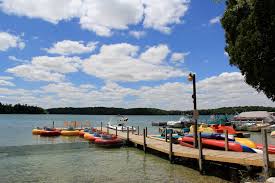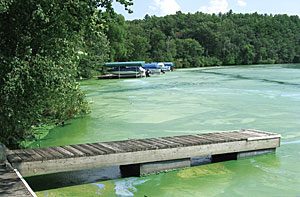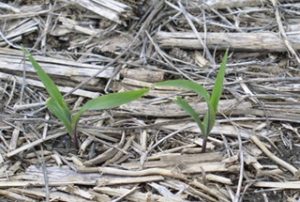I have been told that, should one venture somewhat off-shore of Lake Superior — let’s say a mile or two — it would be possible to dip one’s cup into the water, and freely drink from the lake. I have not tried it, and would not encourage the practice, but I believe it.
I am not alone. Naturally Superior has this to say on the subject: Lake Superior is the cleanest of the Great Lakes,and many people drink the water regularly (even in their homes). On a trip, the decision is yours. For your safety we bring a high quality water filter or boil our water.
There may be several reasons to explain Lake Superior’s pristine waters, and veritable absence of algae blooms but, according to Robert Sterner, a Minnesota Sea Grant researcher and Limnologist, there are three primary factors:

- One variable is latitude. A more northern latitude means a shorter growing season and less carbon input into the lake’s system from plants like algae.
- Another variable is geology. Granitic-rock covered by pine forests doesn’t contribute much phosphorus to the lake.
- The third thing Sterner emphasized is the lake’s homogeneity. “It’s mostly deep, it’s mostly cold and it’s mostly offshore,” Sterner said. “It lacks extensive nearshore mucky bays.”
And there you have it. If you haven’t visited Lake Superior, the trip is worth it. It is a global treasure that ideally benefits from what many of us would consider less-than-ideal weather conditions.




